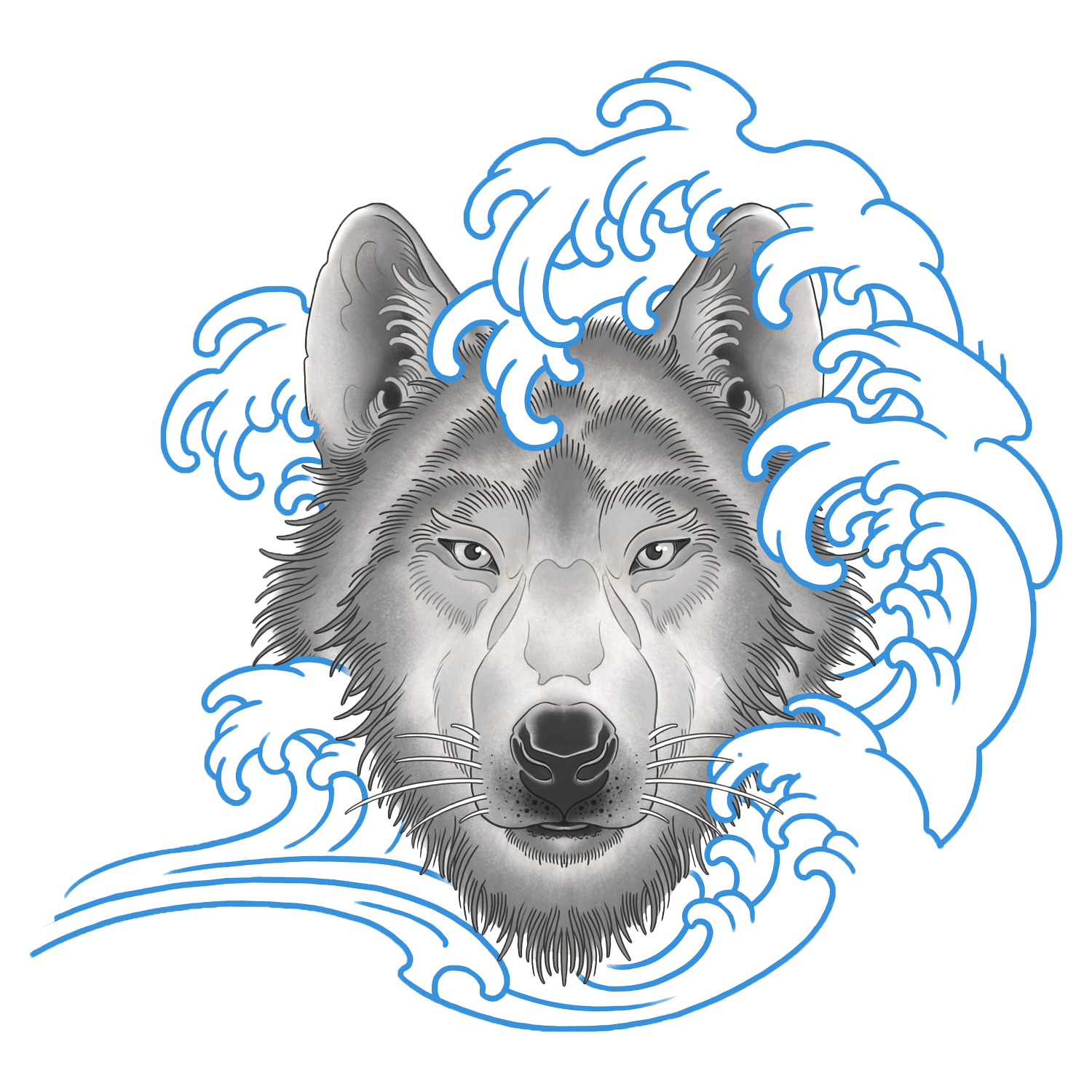Marine Biosecurity
The term "Biosecurity" became the buzzword over the last few decades. Also, in New Zealand's media, terms like "Biosecurity threat" or "Biosecurity risk" are more frequent. But what is Biosecurity? Originally, this term described defence against and control of harmful biological agents [1], [2]. However, within the last few decades, this term became relevant for the intentional or non-intentional introduction and spread of organisms and pathogens to an ecosystem through anthropogenic activities.
Globally, the spread of non-native species threatens local biodiversity through competition for resources, predation and as a vector for other invasive species and pathogens. Therefore, the current estimate is that invasive non-native species pose a financial burden of 423 billion USD (719 billion NZD) each year to world humanity [3]. For a nation of Islands with a vast coastline like New Zealand, biosecurity, particularly Marine Biosecurity, is important. Facing climate change and New Zealand's ambition to increase its aquaculture industry (see Ocean Wolf aquaculture services), it's even of more importance to have a reliable marine Biosecurity sector.
Particularly, the unintentional introduction through ballast water and biofouling is a significant threat to New Zealand with its vast coastline. The fouling of organisms to surfaces alone can accrue significant costs in several ways. Recent studies by the U.S. Navy suggest that mitigating biofouling on a ship of over 150m in length [4] costs around 0.8 Million USD p.a. (1.34 Million NZD) [5]. On the other hand, if biofouling is not addressed, the increased fuel consumption due to higher friction can accumulate to over 2.9 million USD (4.8 million NZD) per ship and year [5]. Further, particular non-native calcareous foulers, once introduced, could alter and threaten native ecosystems and industry by blocking waterways, increasing sedimentation, fouling on infrastructure and much more. Also, these sessile biofoulers can provide a habitat for other non-native species, which then can also cause damage to our ecosystems and industry. The biofoulers and the secondary hitchhikers could also function as vectors for unknown parasites, bacteria and viruses which threaten our ecosystems and the aquaculture industry [6]–[10].
In the area of Biosecurity, Ocean Wolf's services are unparalleled. Not only do we reliably identify established and new non-native species, but we will also help review and assess their threat potential, mitigation strategies and impacts on the environment and infrastructure. Due to climate change, it is more important than ever that we have a reliable Biosecurity system. Ocean Wolf is here to help to sustain our pristine environment and way of life.
RMS Queen Mary 2, anchored at Long Beach (California, USA).
As a transatlantic cruiseliner, the ship with a ~310m length provided a lot of space for blind passengers (like fouling organisms) to travel across the Atlantic.
In-text references:
[1] Merriam-Webster, “Biosecurity,” Merriam-Webster.com Dictionary. [Online].
Available: https://www.merriam-webster.com/dictionary/biosecurity. [Accessed: 20-Sep-2023].
[2] V. Renault, M. F. Humblet, and C. Saegerman, “Biosecurity concept: Origins, evolution and perspectives,” Animals, vol. 12, no. 1, 2022, doi: 10.3390/ani12010063.
[3] P. Greenfield, “Invasive species cost humans $ 423bn each year and threaten world ’ s diversity,” the guardian.org, 2023. [Online]. Available: https://www.theguardian.com/environment/2023/sep/04/invasive-species-cost-humans-423bn-each-year-and-threaten-worlds-diversity-aoe. [Accessed: 08-Sep-2023].
[4] U. S. Navy, “U.S. Navy Destroyer (Ship Class - DDG),” U.S. Navy Destroyer (Ship Class - DDG). [Online]. Available: https://www.surfpac.navy.mil/Ships/By-Class/US-Navy-Destroyer-Ship-Class-DDG/. [Accessed: 20-Sep-2023].
[5] M. P. Schultz, J. a Bendick, E. R. Holm, and W. M. Hertel, “Economic impact of biofouling on a naval surface ship.” Biofouling, vol. 27, no. 1, pp. 87–98, 2011.
[6] S. Huchette, C. Paillard, J. Clavier, and R. Day, “Shell disease: Abnormal conchiolin deposit in the abalone Haliotis tuberculata,”
Dis. Aquat. Organ., vol. 68, no. 3, pp. 267–271, 2006, doi: 10.3354/dao068267.
[7] P. Dinamani, “Potential disease-causing organisms associated with mantle cavity of Pacific oyster Crassostrea gigas in northern New Zealand,” Dis. Aquat. Organ., vol. 2, pp. 55–63, 1986, doi: 10.3354/dao002055.
[8] M. Brenner et al., “Bivalve aquaculture transfers in Atlantic Europe. Part B: Environmental impacts of transfer activities,”
Ocean Coast. Manag., vol. 89, pp. 139–146, 2014.
[9] F. Pernet, C. Lupo, C. Bacher, and R. J. Whittington, “Infectious diseases in oyster aquaculture require a new integrated approach,” Philos. Trans. R. Soc. B Biol. Sci., vol. 371, no. 1689, 2016, doi: .1098/rstb.2015.0213.
[10] K. E. Costello, S. A. Lynch, R. M. O’Riordan, R. McAllen, and S. C. Culloty, “The Importance of Marine Bivalves in Invasive Host–Parasite Introductions,” Front. Mar. Sci., vol. 8, no. February, pp. 1–14, 2021, doi: 10.3389/fmars.2021.609248.

